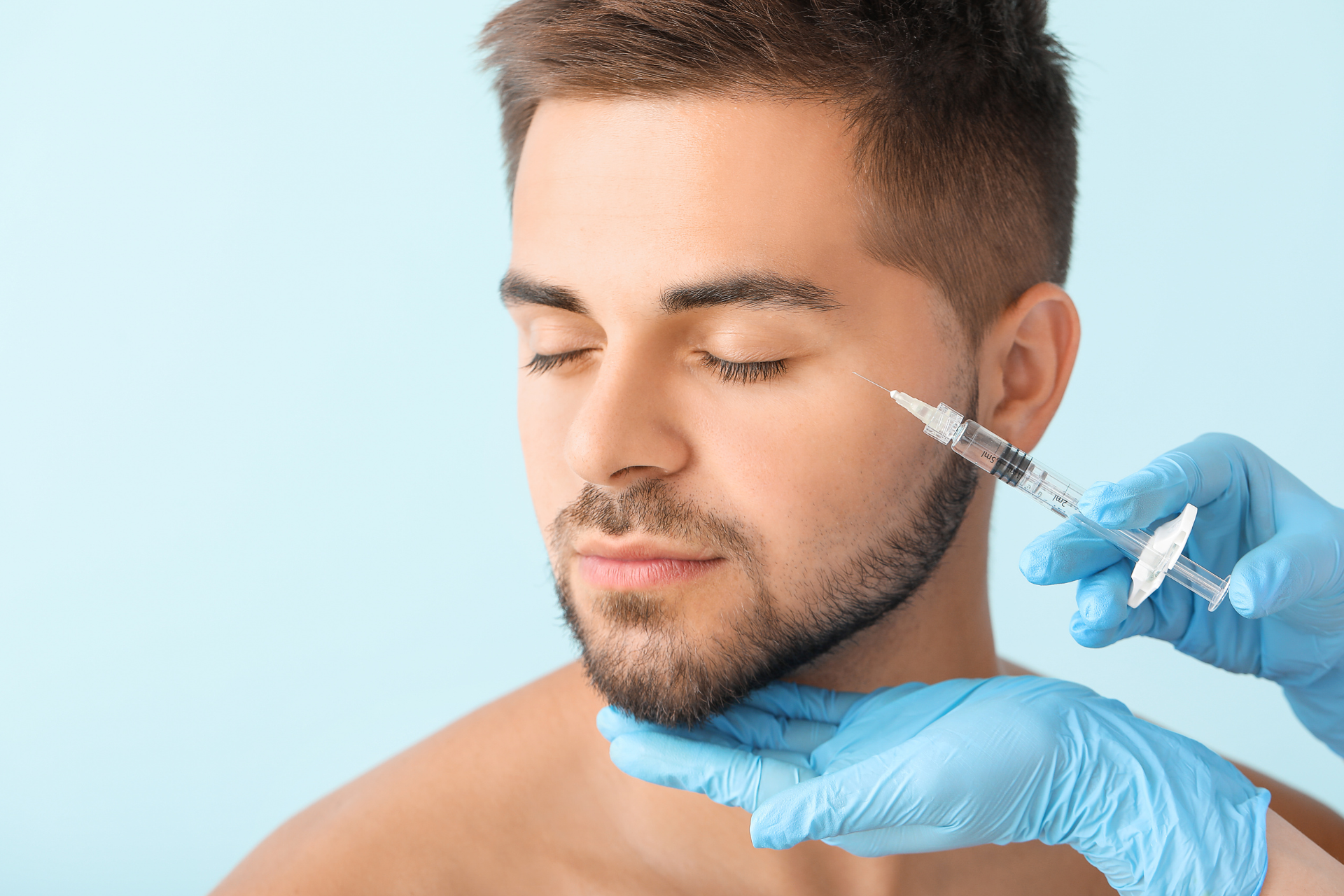Botox and Fillers: A Guide to Injectable Treatments

At Fall Creek Skin and Health Clinic, we understand that maintaining youthful skin and enhancing facial features is a priority for many patients. Injectable treatments like Botox and dermal fillers have gained immense popularity for their ability to reduce wrinkles, restore volume, and improve overall facial aesthetics with minimal downtime. In this guide, we’ll explore what Botox and fillers are, how they work, and what to expect from each treatment.
What is Botox?
Botox, or botulinum toxin, is a neurotoxic protein that temporarily relaxes the muscles that cause dynamic wrinkles. These wrinkles typically form from repetitive facial expressions such as frowning, smiling, or squinting. Common areas treated with Botox include:
- Forehead lines
- Crow’s feet (the lines around the eyes)
- Frown lines (between the eyebrows)
The treatment involves a few simple steps. After a thorough consultation, a qualified practitioner will administer small injections directly into the target muscles. The procedure usually takes about 15 to 30 minutes, and most patients experience little to no discomfort. Results typically become visible within a few days, and effects can last anywhere from three to six months.
What are Dermal Fillers?
Dermal fillers are injectable substances designed to restore facial volume, smooth out wrinkles, and enhance facial contours. Unlike Botox, which paralyzes muscles, fillers add volume to specific areas of the face. They are commonly used for:
- Plumping thin lips
- Filling in hollow cheeks
- Smoothing nasolabial folds (the lines from the nose to the corners of the mouth)
- Enhancing jawline definition
The most popular types of dermal fillers contain hyaluronic acid, a naturally occurring substance in the body that attracts moisture and helps maintain skin hydration. The treatment process is similar to Botox, involving a consultation followed by injections into the desired areas. Results are immediate, and depending on the type of filler used, effects can last from six months to two years.
Choosing the Right Treatment
Deciding between Botox and fillers largely depends on your individual goals. If you are looking to treat fine lines and dynamic wrinkles caused by muscle movement, Botox may be the ideal choice. On the other hand, if you are aiming to restore lost volume or enhance your facial features, dermal fillers could be more suitable.
At Fall Creek Skin and Health Clinic, we emphasize a personalized approach to each injectable treatment. Our experienced practitioners will work closely with you to assess your concerns and recommend the best options tailored to your needs.
What to Expect Post-Treatment
After receiving Botox or fillers, patients might experience some swelling or bruising at the injection sites, which typically resolves within a few days. It is advisable to avoid strenuous exercise, excessive sun exposure, and alcohol consumption for 24 hours post-treatment to minimize side effects and optimize results.
Injectable treatments have revolutionized skincare, offering a non-surgical solution to enhance beauty and boost confidence. At Fall Creek Skin and Health Clinic, we are dedicated to providing affordable and effective skincare solutions for patients of all ages. If you’re considering Botox or fillers, schedule a consultation with us to discuss your options and discover how we can help you achieve your aesthetic goals!




